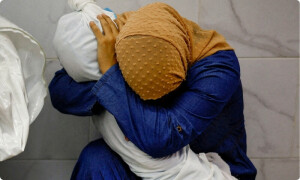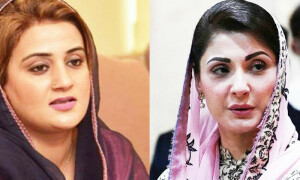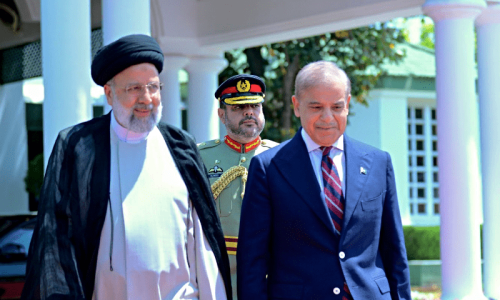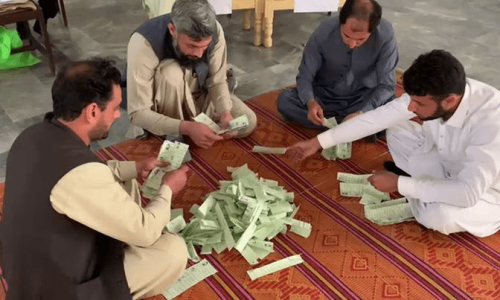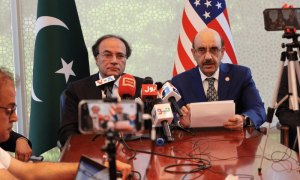Man arrested for vandalising Raja Ranjit Singh's statue at Lahore Fort

A man was arrested on Tuesday for vandalising the statue of famous Sikh ruler Maharaja Ranjit Singh located at the Lahore Fort, with the city's Capital City Police Officer (CCPO) Ghulam Mahmood Dogar saying "strict legal action" will be taken against him.
This is the third time the statue has been vandalised since its unveiling in June 2019 to commemorate the ruler's 180th death anniversary.
In a video of the latest incident, the vandal, identified by police officials as Rizwan, can be seen breaking off the statue's arm and toppling it off its horse before bystanders stop him from causing further damage.
In a statement issued today, CCPO Dogar said the suspect used a hammer to inflict damage on the statue, as he directed the superintendent of police to immediately visit the site.
The vandalism was condemned by Federal Minister for Information and Broadcasting Fawad Chaudhry, who termed it a "shameful" act.
"This bunch of illiterates are really dangerous for Pakistan's image in the world," he tweeted.
Punjab Chief Minister Usman Buzdar also took notice of the incident and directed the Lahore CCPO to submit a report in this regard.
He directed that action be taken against the suspect in accordance with the law, and ordered for the statue to be restored to its original form.
Maharaja Ranjit Singh was the ruler of the Sikh empire spread across many parts of Pakistan, with Punjab being the main territory and including parts of Khyber Pakhtunkhwa and even southern parts of the country. His statue was unveiled in the Lahore Fort at the Mai Jindan Haveli, on the emperor's 180th death anniversary by Sikh historian, writer and filmmaker Bobby Singh Bansal.
Bansal's London-based organisation, the S.K. Foundation, had funded the statue. It was sculpted by local artists, under the aegis of the Fakir Khana Museum.
Bansal himself had stated earlier that the statue was a project meant to forge a lasting friendship amongst the people of Punjab, and that the statue had been donated to the people of Pakistan by his foundation to promote Sikh heritage and tourism here.
However, not long after the statue was inaugurated, the first attack of vandalism took place, where two men struck it with wooden rods, resulting in the breakage of one of its arms and damage to other parts. The attackers were chanting slogans against the former ruler of Punjab and were protesting against the revocation of Jammu and Kashmir's special status by India.
In the second attack in December 2020, a young man, who was later arrested, broke an arm of the statue made of bronze. Like those before him, the suspect also told the police that Ranjit Singh's statue should not have been built as he had committed atrocities against Muslims during his rule.





